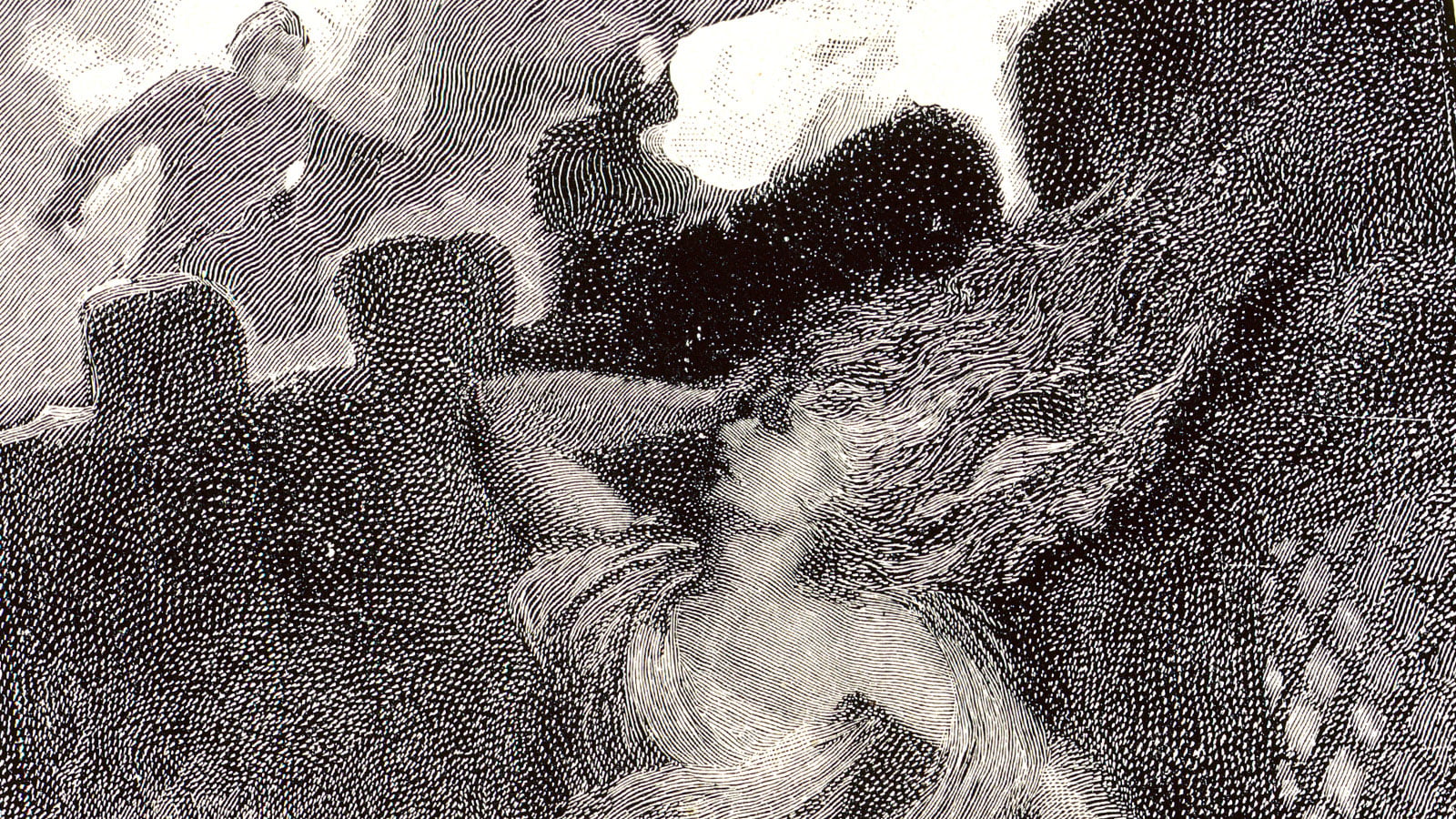The 20th-century British literature or modern literature as it is infamously called is the period that often marks a new way to another millennium. Amidst this background emerged some great classical novels, poetry and drama which was to leave an impact on the ages to come. At a time when prominent authors were taking centre stage, feminists like Virginia Woolf, Sylvia Plath and Charlotte Perkins Gilman left no stone unturned in leaving an important mark with their timeless literary works.
However, added to this were these women and their mental health undergoing great turmoil with suicide attempts by them being common at regular intervals. Due to innumerable personal and professional reasons, these women often are reported to have tried self-harming, hints of which are also highly reflected in their works.
Having said this, studying the mental health taboos and concerns of the day becomes important when simultaneously the rise of women’s rights and feminist ideas gain prominence, something started by these women and made immortal.
The characters as the alter egos of Woolf, Plath and Gilman
The idea that madness and creativity go hand in hand became important for the writers of the 20th century. Having been diagnosed with depression at an early age, Woolf was highly disturbed by her mother’s death which was followed by her father’s soon after. She was also said to have bipolar disorder and was denounced as “mad,” by her family. She was sent to asylums when she attempted suicide and often did not receive any compassion for everything that was happening to her.
This is precisely the reason why reading Mrs. Dalloway (1925) does not come easy. At one level, Clarissa becomes Woolf’s alter ego and seems like a multi-dimensional character and her foil, Septimus Warren Smith demands deep understanding and sympathy from their readers, something Woolf herself craved for. In using the stream-of-consciousness idea, Woolf showcases the episodes of anxiety and frustration in Clarissa’s life, much like a mirror placed in front of all her readers.

Woolf is also reported to have been sexually abused by her half brother and this added to her misery and disturbed her state of mind. In 1925 Woolf also wrote an essay “On Being Ill,” in which she talks about establishing illness as a serious branch of literature. The complexity of the relationship with oneself and with others is also established in her other works like To the Lighthouse (1927) in which reflection of her own life story could be seen.
Woolf’s counterpart and the expert of confessional poetry, Sylvia Plath underwent more or less similar psychological issues. A writer who has become synonymous with “the one who died with her head in the oven,” Plath made her first suicide attempt in her college days and what followed was multiple tries. Having a troubled marriage with Ted Hughes, Plath’s mental health was destroyed to a greater extent and after a series of treatments, she finally took her own life and died at the young age of thirty.
The Bell Jar (1963), the only novel written by Plath is a narrative about Esther Greenwood who describes her life as being claustrophobic because of a bell jar, a metaphor used by Plath to describe mental health as a result of gender roles and patriarchal dominance and deterioration of mental health due to various societal reactions. Reflections from Plath’s own life are also explicitly visible in the novel where innumerable parallels between Esther’s and Plath’s life could be drawn.
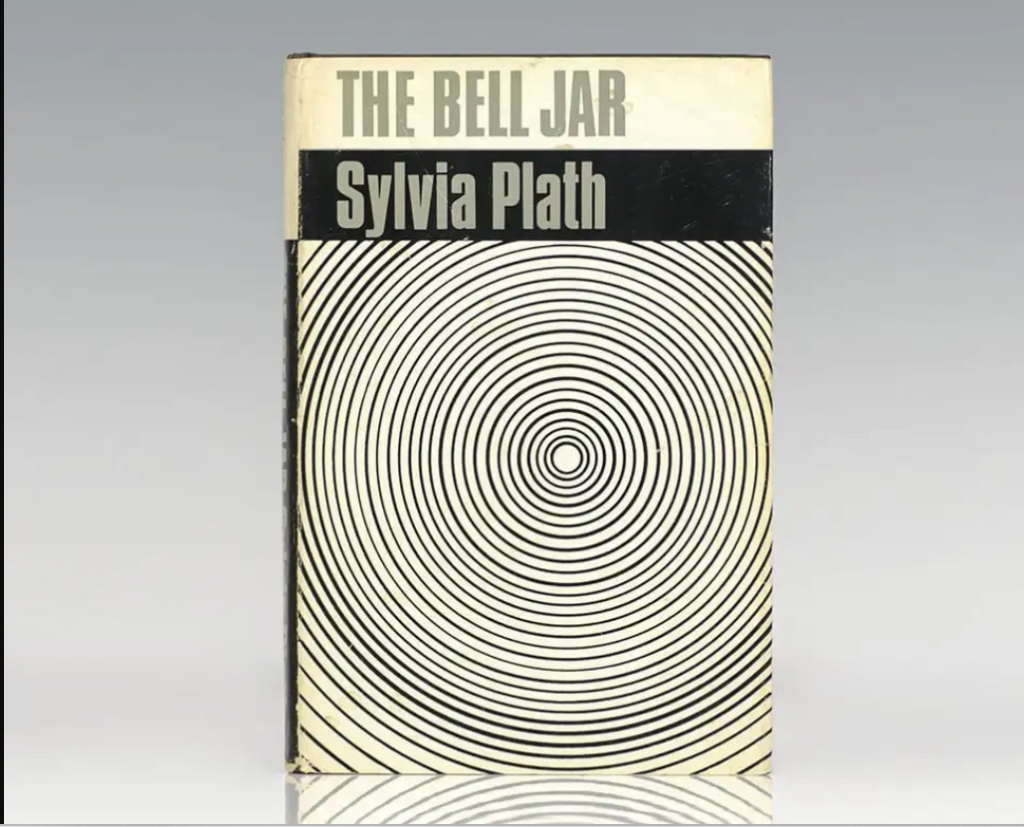
Plath has also written some exceptional poetry. “Daddy,” written in 1962 explores how devastated young Plath was when her father died when she was very young and at a time when she adored him unconditionally. Critics have also seen hints of the Oedipus complex within the poem as Plath did not have a healthy marriage. In 1965 she wrote “Lady Lazarus,” another poem that was seen as a reflection of Plath’s state of mind.
Charlotte Perkins Gilman who is credited for the exceptional short story titled “The Yellow Wallpaper,” suffered from a long stretch of depression. When she was diagnosed with breast cancer in 1932, Gilman chose to end her life rather than survive the cancer. Her notable works remain which are majorly short stories and novellas, in which she created a feminist world of her own.
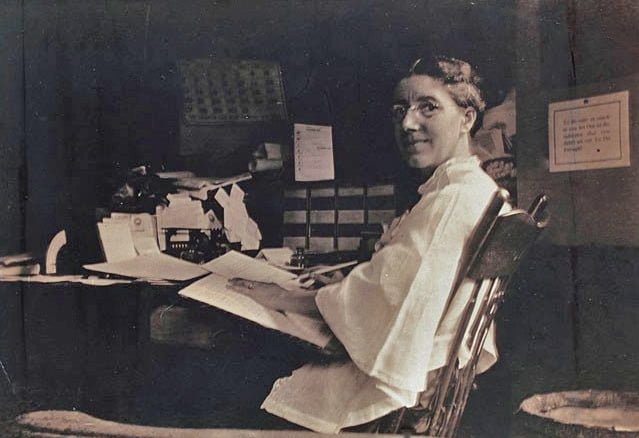
“The Yellow Wallpaper” published in 1892 used a psychological approach to a woman’s life who is confined within the four walls of her room and undergoes anxiety and depression. The story gives a message of how anxiety affects different people differently and how any woman’s mental health is discredited altogether. Again, traces of her own life are depicted in the story and though Gilman did not publish many novels, these short stories said a lot in little.
Who is the madwoman? Feminist authors and their mental health
Woolf, Plath and Gilman – as disturbed as these women were, they were also rebellious feminists who did not stop writing even when the society of their times tried to silence them under the garb of “madness.” What is then interesting to note is how patriarchy, when cannot stop women labels them as “mad,” and tries to deny them their freedom of speech and expression.
According to Sandra Gilbert and Susan Gubar in the notable The Madwoman in the Attic (1979), while they talk about Victorian literature in particular, the crux of their work is it is an important feminist literary criticism. The clear binary presented between the “angel,” and the “monster,” works well when studying modern feminist literature as well. These women, when writing with their male counterparts underwent psychological turmoil multiple times yet they did not stop voicing their mental health out in different forms of their writing.
Gilman employs innumerable themes in her works like the significant role of women in society, ideas of race and Darwinism since she was a humanist as well. Woolf and Plath gave their voices to their characters and had it not been for these characters, the readers would have never come to know about the deep-rooted anxiety, mental health issues and their perception of the world.
All three writers died by suicide. This itself tells us how differently their personal stories shaped them and on a secondary level, their works as well. They made space for themselves within the male-dominated world of writers and poets. Maybe, this is precisely the reason why the rise of an entire discipline called women’s studies emerged and is taught within the walls of every literature classroom in India and even abroad.
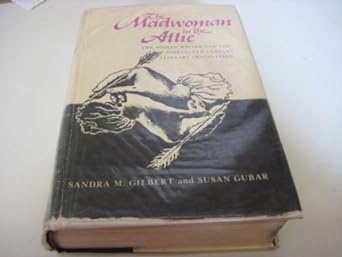
The question remains – who is the madwoman? Is she anyone closely related to Woolf, Plath or Gilman? Is this woman someone whose great emotional turmoil within her personal life shapes her professional world in a space highly dominated and controlled by men? How does any woman’s “dis–ease,” as Gilbert and Gubar might put it affect her work and where do we place such a woman in history? How do we remember her long after she is gone but her work remains? These are complex questions when studied in the context of the 20th-century literature period and perhaps, there are no easy answers.
Women, art and mental health
There is a world that lies beyond the creation of any art be it painting, writing, singing etc. These women came from highly sophisticated and learned households yet ended up committing suicide. One is not saying that they should not have, what one is saying is how mental triggers can overtake anyone and everyone.
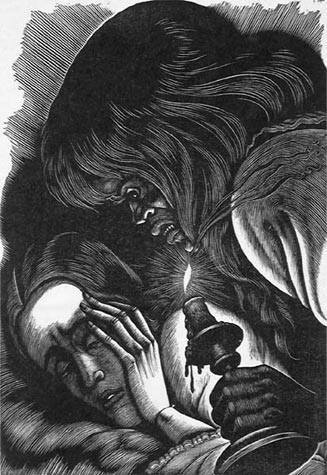
Woolf, Perkins and Gilman have gone down in history as important women who were courageous and wrote extensively on women, women’s issues and making noise at a time when not many had the spine to do so. Sure, at multiple times their personal and professional lives intermingled and perhaps, such intermingling only led to the rise of their significant works and also a debate and discussion around the mental health of women and how it affects their professional lives in the long run.
These celebrated writers will always be remembered for the messages within their works, starting a dialogue around women’s mental health and showcasing it through their ever-living characters when they, themselves could not survive for very long.
About the author(s)
Zainab is a literature student at the University of Delhi. She loves stories, books, cinema and humans too, sometimes!
